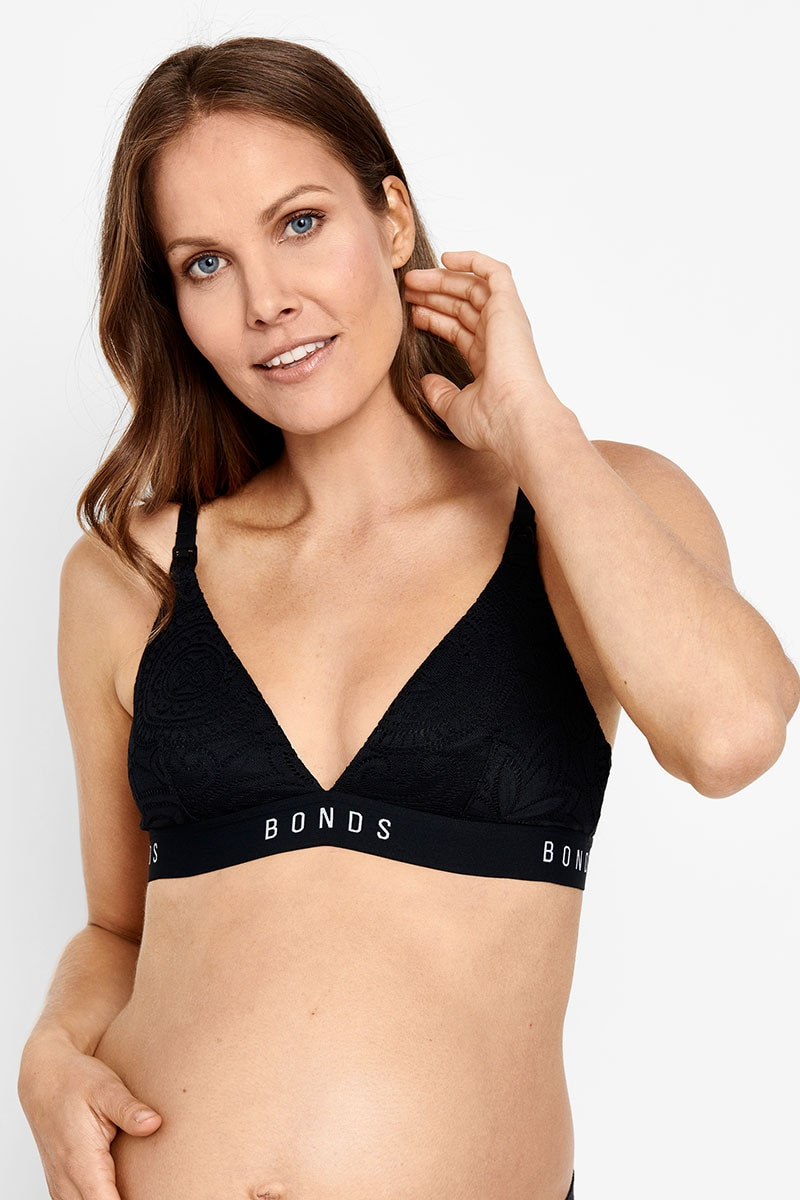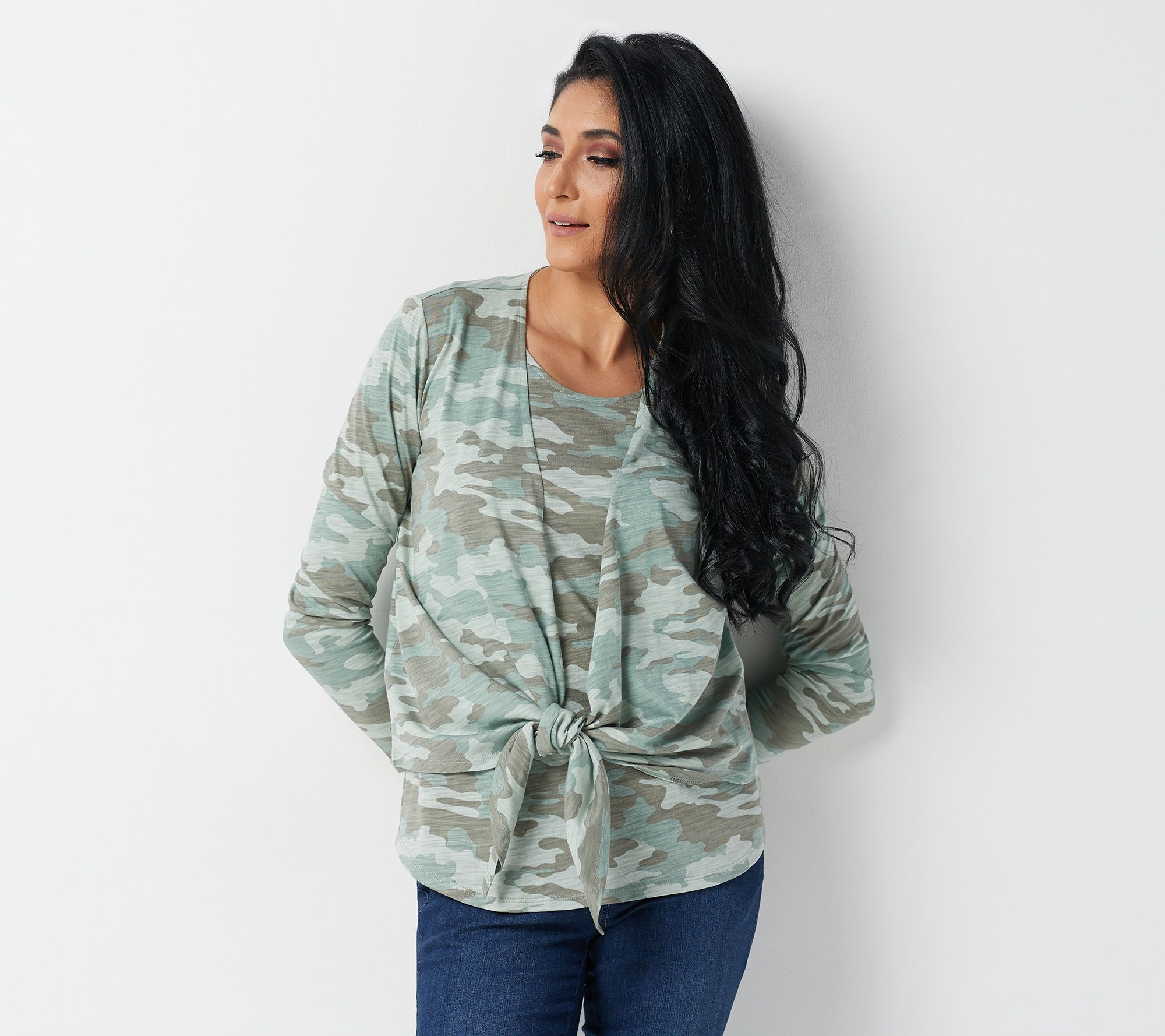Brea Ruched Bust Mini Dress – White – MESHKI
Mikaela is 180cm and wears an S. 97% Polyester, 3% Elastane. Machine wash cold. Wash with like colours.
Let your hair down in the BREA Ruched Bust Mini Dress. We have curated the perfect ruching at bust, while snatching your waist making this the perfect mini to take you from date night to dancing with the girls. Go on babe, add to cart, we know you want this in your wardrobe.
- Mikaela is 180cm and wears an S
- 97% Polyester, 3% Elastane
- Machine wash cold
- Wash with like colours
- Exclusively designed in AU






Reviews
There are no reviews yet.